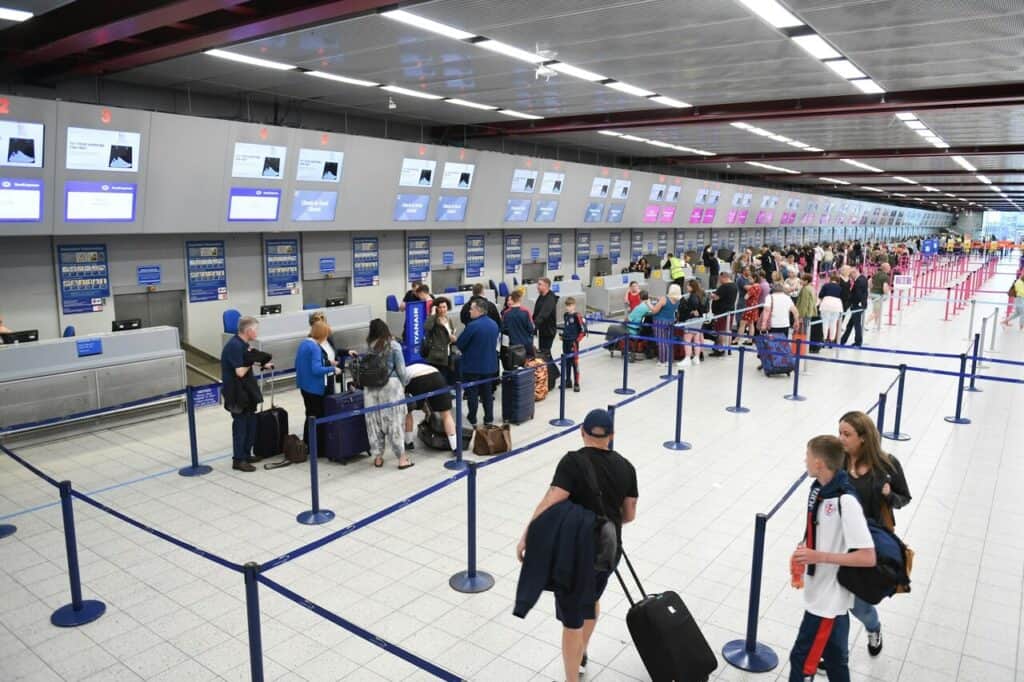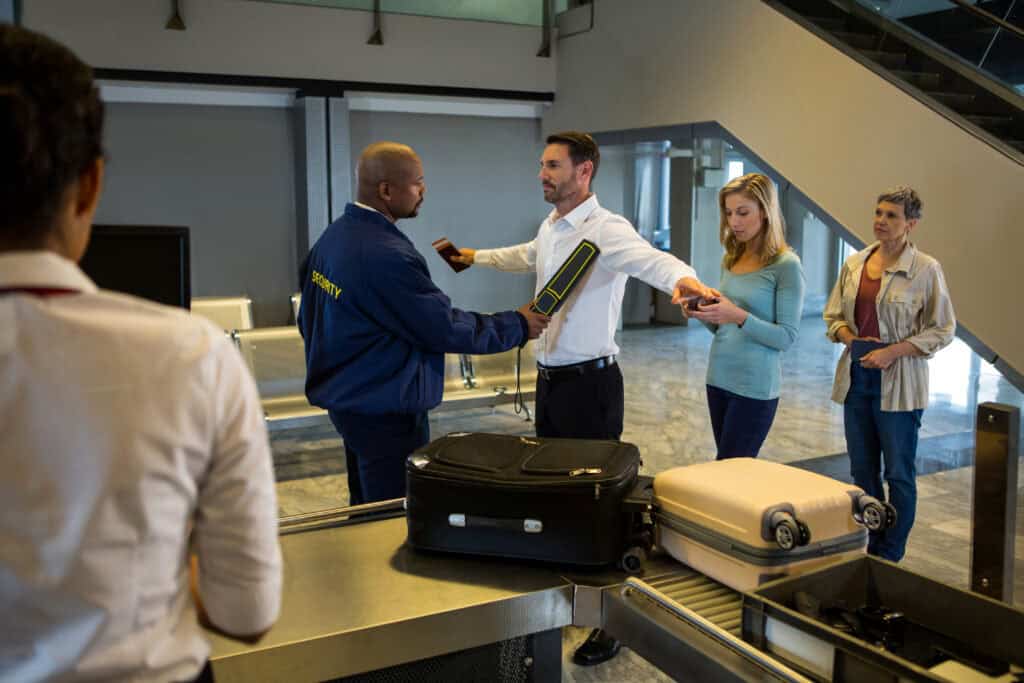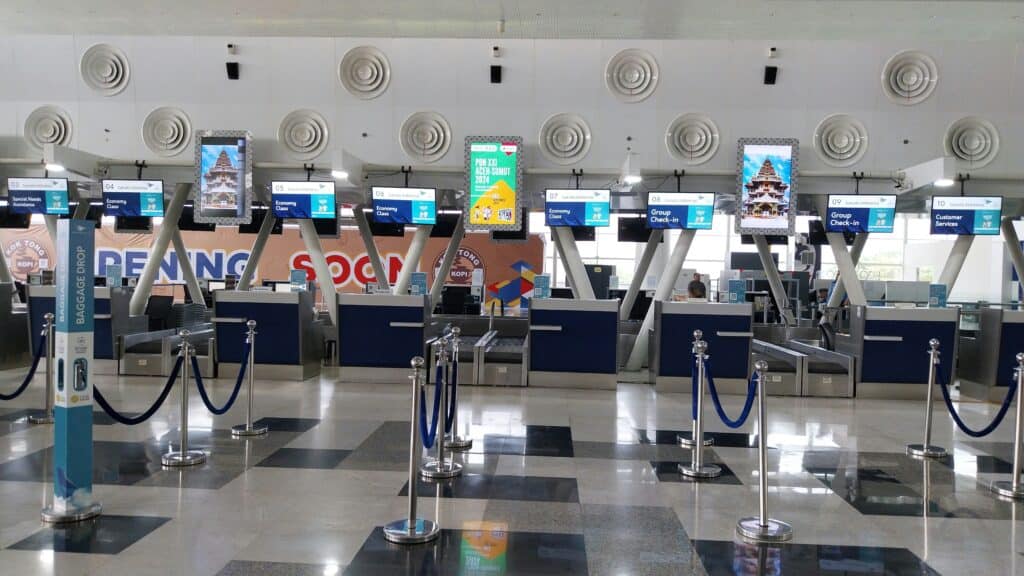We may earn money or products from the companies mentioned in this post. This means if you click on the link and purchase the item, I will receive a small commission at no extra cost to you ... you're just helping re-supply our family's travel fund.

Backcountry plans increasingly hinge on U.S. airport reliability, and staffing shortages are reshaping that reality in real time. With the FAA implementing phased capacity cuts at roughly 40 major hubs and airlines juggling crew duty limits, even well planned itineraries can unravel at the gate. This gallery turns airport level disruptions into backcountry consequences, and shows practical ways to adapt, so a missed connection does not cost a hard won permit or a rare weather window.
FAA Flight Cuts Squeeze Access

The FAA has ordered phased reductions at dozens of major U.S. airports, ramping from roughly 4% to 10%, to ease pressure on short staffed air traffic control, tightening seat supply into park gateways and driving cancellations. Booking morning flights and adding a full buffer day protects permit or guide starts, while monitoring airline waivers can unlock fee free changes when schedules are cut. It is the simplest hedge against a system wide squeeze.
Rolling Delays Kill Connections

Controller shortages create rolling delays that push arrivals past the day’s final shuttle or seasonal bus, especially at hubs feeding mountain towns and national parks. Choosing single segment routes or wide connection windows, then pre arranging flexible pickup windows with shuttle providers, preserves last mile logistics even when upstream schedules slip. Treat the hub to trailhead handoff as a critical link, not an afterthought.
Crew “Time Outs” Cancel At The Gate

When delays stack up, crew duty time limits can force abrupt cancellations at the gate, most acutely on regional flights that serve park gateways. Prioritizing first bank departures improves recovery options, while holding a refundable backup on a later flight and actively monitoring status makes proactive rebooking possible before seats vanish. The earlier the launch, the more slack in the system.
Small Aircraft And GA Access May Be Constrained

Flow programs and slot controls primarily target airlines but may also limit VFR and general aviation in selected markets depending on facility workload and staffing triggers. Confirming GA slots and operating windows weeks ahead, then keeping an overland Plan B with scouted drive routes and trailhead alternates, ensures a trip can pivot without losing the objective. Treat air access as optional, not foundational.
Thin Airport Staffing Slows Service

Understaffed ground and customer service teams lengthen waits for baggage, rebooking, and help desks, jeopardizing same day permit pickups or trail starts. Going carry on only for critical kit, using mobile self service tools, and landing the day prior to any fixed start time will absorb those on the ground slowdowns. A lighter pack and an earlier arrival beat the queue every time.
Permit And Ranger Windows Become Risky To Miss

Late arrivals from cuts and delays can push you past timed entries or ranger station pickups required before wilderness entry. Selecting permits with flexible pickup or will call, requesting grace notes ahead of time, and adding a pre trip night near the issuing office preserves access even when flights slip. A little paperwork foresight turns delay into downtime.
Outfitters, Guides, And Lodges May Cut Hours

Local hiring gaps can mean shorter front desk hours, delayed gear handoffs, and occasional guide no shows that stall an itinerary at the doorstep. Confirming hours and handoff protocols 48 to 72 hours ahead, arranging after hours lockboxes for rentals, and keeping a self guided route ready ensure the trip proceeds if staffing falters. Redundancy in people is as vital as redundancy in gear.
SAR And Park Operations May Feel The Strain

Broader labor shortages can lengthen search and rescue response times and reduce routine patrol presence, increasing the consequences of incidents in remote areas. Tightening risk management, leaving written itineraries with check in times, and carrying satellite communications like PLBs or messengers helps bridge thinner safety nets. Preparation becomes the first responder.
Resupply And Gear Delays Can Mount

Reduced flight capacity and widespread delays slow delivery of fuel canisters, spares, and replacement gear into gateway towns, and certain items can go scarce during disruptions. Verifying in stock status before travel, mailing resupplies earlier, and packing redundancy for mission critical items prevents a small failure from ending the trip. Logistics are lighter when they are earlier.
Shortened Hours Across The Chain

From concessions to shuttle counters and visitor centers, reduced operating hours can leave gaps in food, information, or transit, especially after late arrivals. Checking current hours, packing food for off hour landings, and saving offline maps, permits, and vendor contacts keeps you self sufficient when services go dark. Expect the lights to be out, and plan to thrive anyway.